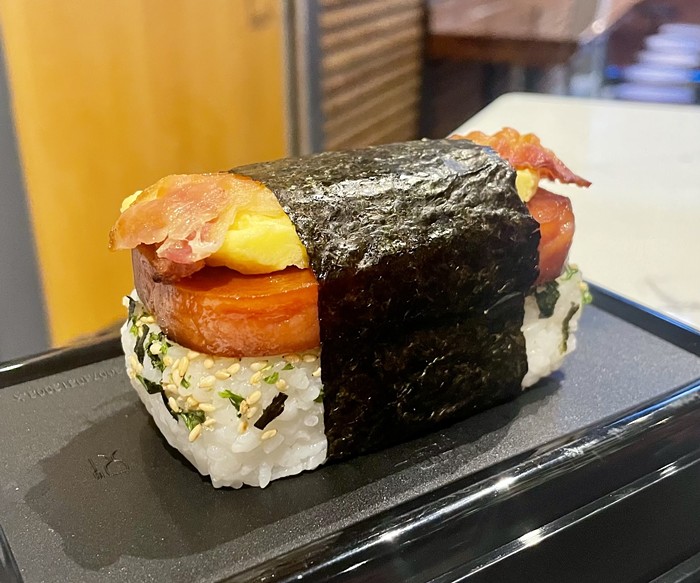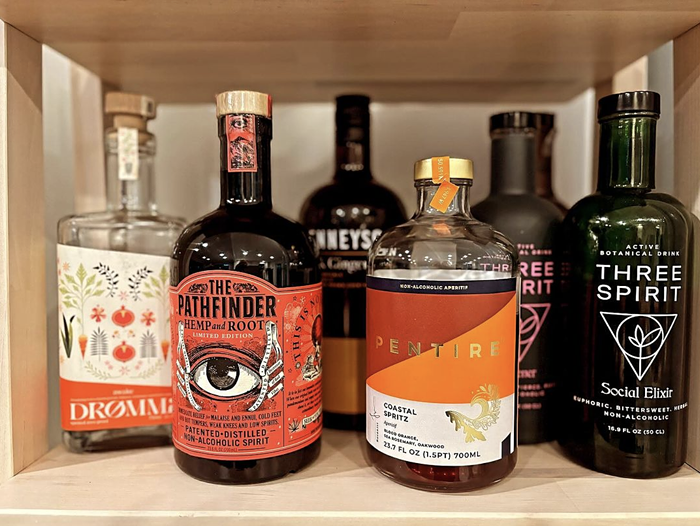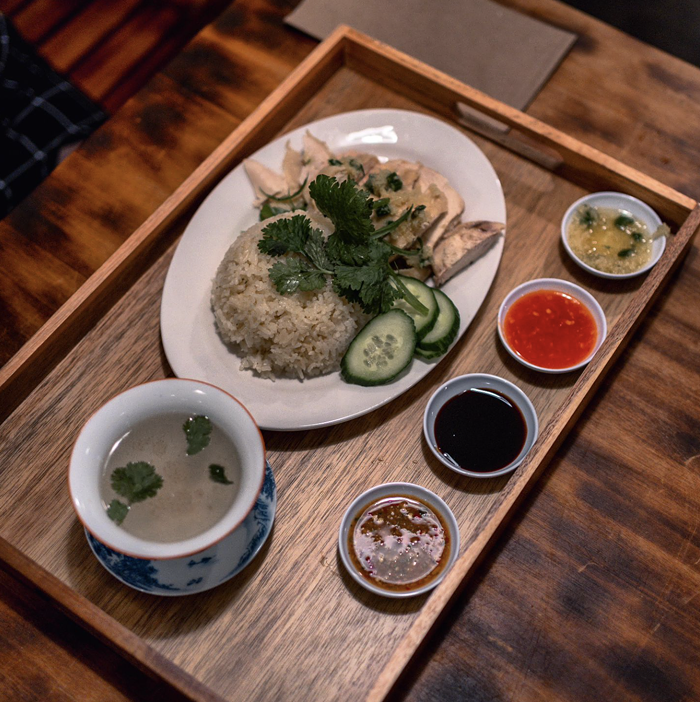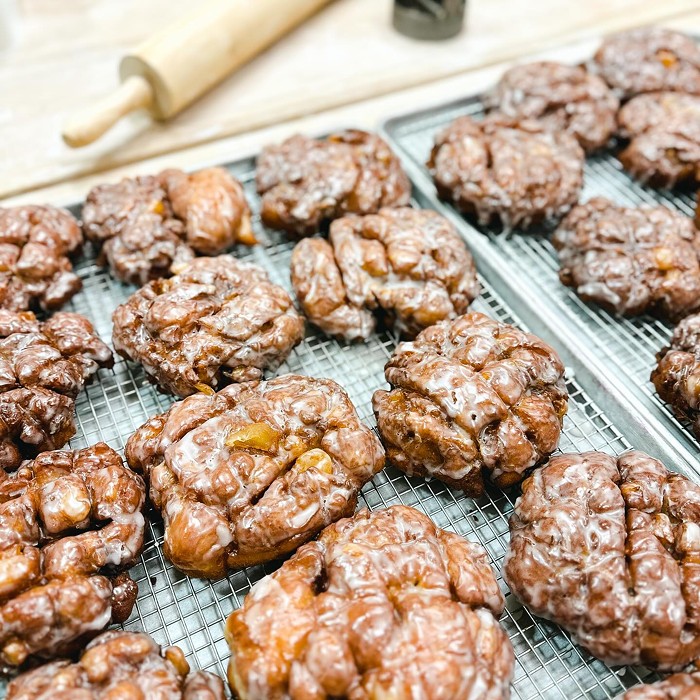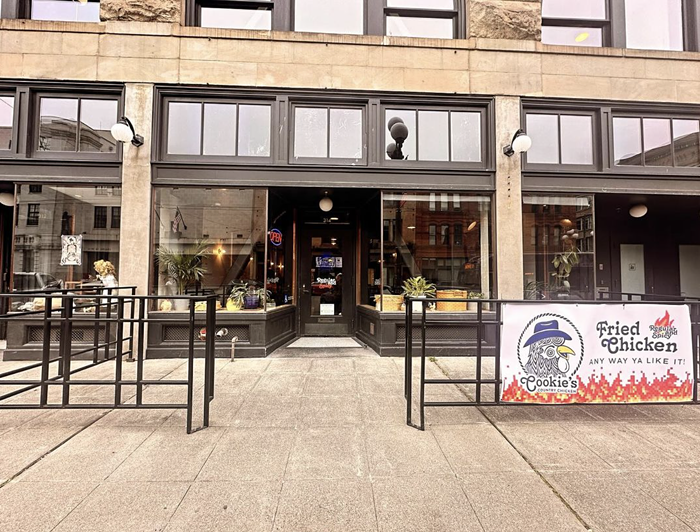The Starbucks on Seattle's Olive Way is the first in the universe to serve beer and wine. Prior to this innovation, the only drinking options within a few blocks on Olive's curve were the bizarre faux-French bar Cafe Metropolitain (soon to become gay-gay-gay C.C. Attle's), the beer-lovers' paradise the Stumbling Monk, the nautical-themed Captain Blacks, the no-longer-located-at-a-bus-stop Bus Stop, the Irish-ish Clever Dunne's, the gay-gay-gay Elite, the fairly-gay-and-very-divey-with-karaoke Crescent, the cowboy-themed Buck, the tequila-filled Saint, the cozy Living Room, the art/music/awesomeness of Faire Gallery Cafe, or the speakeasy-esque Knee High Stocking Co. Or the bars at popular restaurants Dinette or La Bête. Or—if you couldn't decide between a caffeine giddyap or an alcohol whoa, or wanted both—B&O Espresso, or Online Coffee Company, or the new Arabica Lounge.
A market need identified, Starbucks spent an estimated grazillion dollars remodeling the Olive Way link in its massive chain, using green materials and appropriated reuse interior design. Questionably load-bearing I beams and metal fittings are painted a tasteful reddish brown; burlap coffee bags cover walls; seats came from the University of Washington, a tabletop from reclaimed Garfield High School flooring. The bar—there's an actual bar, with an actual bartender—has a bar top in that rustic, rough-edged-wood vein that's popular now (similar to La Bête, a stone's roll down the hill). A sign touting "Toast-Worthy Wines" (around $8 a glass) with a drawing of Washington State—four of the eight selections are local—looks like chalk on a blackboard, but the letters are not rubbable-off. Beers are Mirror Pond, Pyramid hefeweizen, and, oddly, Peroni; a salumi plate, a mezze one, and a grouping of "Artisan Fruit, Nut & Cheese" (artisans unspecified) are available at around $9 each. The smell of market research is everywhere.
To sit at Starbucks's bar is to have the unmistakable sensation of being in a recently redone airport. The lights are a little greenish, too bright. You can count a dozen people on laptops in the cafe seating nearby, one with a newspaper. Far too much of the inner workings of the Starbucks machine is visible—paper cups and plastic gloves, lids and swizzle sticks, grinders and makers, all part of your view that you're expected to ignore. Time passes in a disorienting manner; you feel that you're waiting, but what are you waiting for?
The bartender, however, is an amazement: sweet but funny, helpful but unintrusive, polite in a way you do not often witness today. He is not authorized to give wine tastes—the inventory-management system gets angry—but he's happy to pour a glass, let you try it, then throw it away. He knows all about the neighborhood; he used to work at Manray. He alone makes the experience almost—almost!—worthwhile. This man should be given the employee of the century award; instead, there is not even a space on the bill for a tip. It's corporate policy. ![]()
